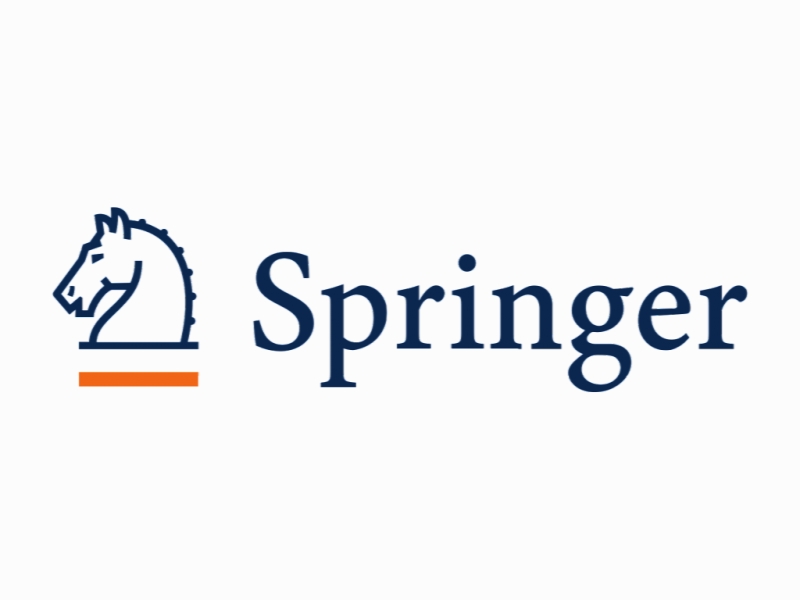تأثیر سیستم های تهویه طبیعی و نور بر پارامترهای رشد و کارواکرول در کشت درون آزمایشگاهی Plectranthus amboinicus (Lour.) Spreng Effect of light and natural ventilation systems on the growth parameters and carvacrol content in the in vitro cultures of Plectranthus amboinicus (Lour.) Spreng
- نوع فایل : کتاب
- زبان : انگلیسی
- ناشر : Springer
- چاپ و سال / کشور: 2018
توضیحات
رشته های مرتبط زیست شناسی، کشاورزی
گرایش های مرتبط بیوشیمی، گیاهان دارویی
مجله سلول گیاهی، بافت و فرهنگ ارگانیک – Plant Cell – Tissue and Organ Culture
دانشگاه Universidade Federal de Lavras – Brazil
منتشر شده در نشریه اسپرینگر
کلمات کلیدی انگلیسی Irradiances, Light spectrum, Gas exchange, Medicinal plant, LEDs
گرایش های مرتبط بیوشیمی، گیاهان دارویی
مجله سلول گیاهی، بافت و فرهنگ ارگانیک – Plant Cell – Tissue and Organ Culture
دانشگاه Universidade Federal de Lavras – Brazil
منتشر شده در نشریه اسپرینگر
کلمات کلیدی انگلیسی Irradiances, Light spectrum, Gas exchange, Medicinal plant, LEDs
Description
Introduction Plectranthus amboinicus (Lour.) Spreng belongs to the family Lamiaceae. From an agricultural standpoint, it has great medicinal potential, but is poorly studied (Arumugam et al. 2016). Recent studies have reported the species activity against breast cancer (Hasibuan et al. 2014). Plectranthus amboinicus essential oil is rich in thymol and carvacrol (Khare et al. 2011). These compounds besides having medicinal effect are used as natural preservative in the food industry (Trivellini et al. 2016). In addition, the species has environmental significance and can be used in the rhizofiltration of lead-contaminated water (Ignatius et al. 2014). The micropropagation allows mass multiplication, species conservation, as well as the production of microorganisms-free plants (Coste et al. 2012; Kaur and Sandhu 2015). It is an important tool to studies about medicinal plants. Light is one of the environmental factors to be controlled according to the herein adopted technique. Light intensity is the main parameter affecting photosynthesis. The quality of light has effects on photosynthesis and affects photomorphogenesis: plant shape, development and flowering (Singh et al. 2015). Moreover, these light features may affect the secondary metabolism of plantlets, as it was shown by their effect on mono- and sesquiterpenes in Achillea millefolium (Alvarenga et al. 2015) and in Salvia dolomitica (Bassolino et al. 2015) cultivated in vitro. However, the light effect changes from species to species. The intensity 100 μmol m−2 s −1 appeared to be the best for Momordica grosvenori growth in vitro (Zhang et al. 2009), whereas it was 60 or 120 μmol m−2 s −1 for ginger growth (Zhou et al. 2008). The blue spectrum proved best for Remania glutinosa growth in vitro (Manivannan et al. 2015), and the combination between the blue and red spectra was more suitable for Alernanthera brasiliana (Macedo et al. 2011). In addition, the culture vessels used in conventional micropropagation techniques allowed low gas exchange, reduced carbon dioxide (CO2) concentration, as well as high humidity (Chen 2015) and high ethylene accumulation. This is a hormone able to inhibit plant growth (Fomenkov et al. 2015). Plantlets that are micropropagated under these conditions present abnormalities such as thin cuticle, poor stomatal control and reduced photosynthetic capacity. Such abnormalities difficult the acclimatization (Jiménez et al. 2015). The use of light emitting diodes (LEDs) allows obtaining specific spectra and regulating the photosyntheticallyactive and photomorphogenic radiation levels required for the cultivation of each species in vitro (Gupta and Jatothu 2013). Moreover, natural ventilation enables gas exchange between the internal and external environments, reduces humidity and ethylene accumulation, as well as keeps the appropriate internal CO2 concentration to stimulate photosynthesis (Saldanha et al. 2012). Thus, the ventilation may increase plant growth and affect its secondary metabolism due to the increased CO2 availability. The increased CO2 concentration in the environment has led to artemisinin increase in Artemisia annua (Zhu et al. 2015). The aim of the current study is to investigate the influence of light intensity, quality of light and natural ventilation systems on the growth and chemical analysis of P. amboinicus species cultivated in vitro.


